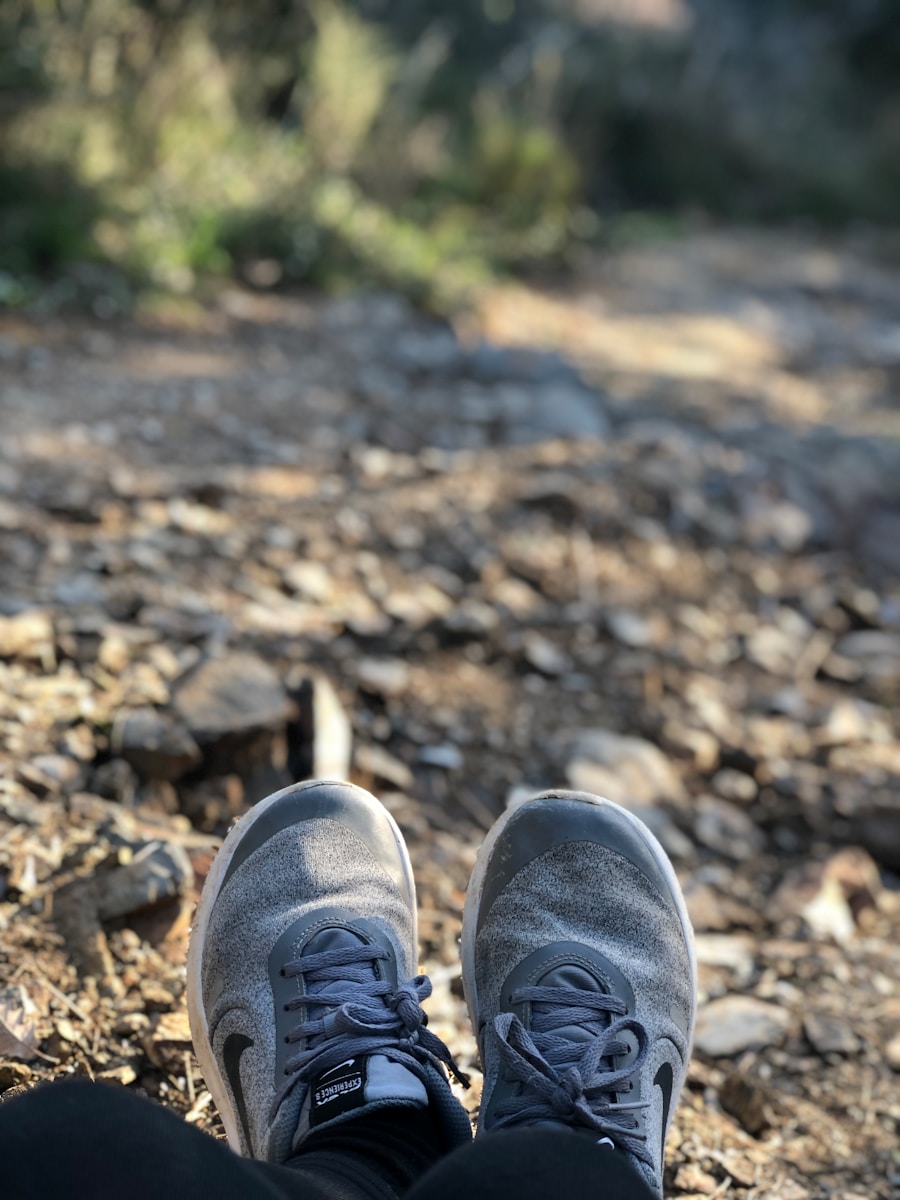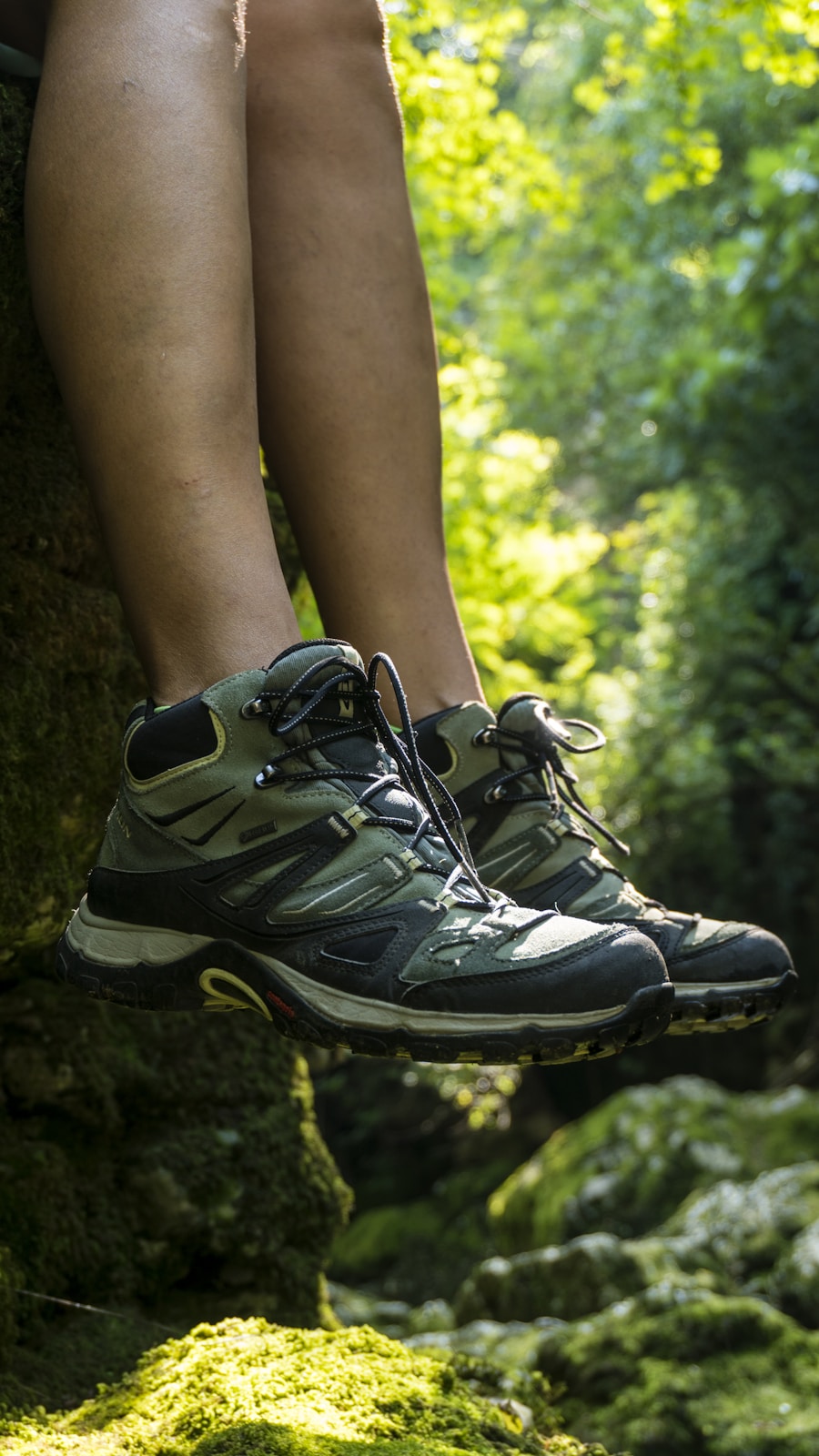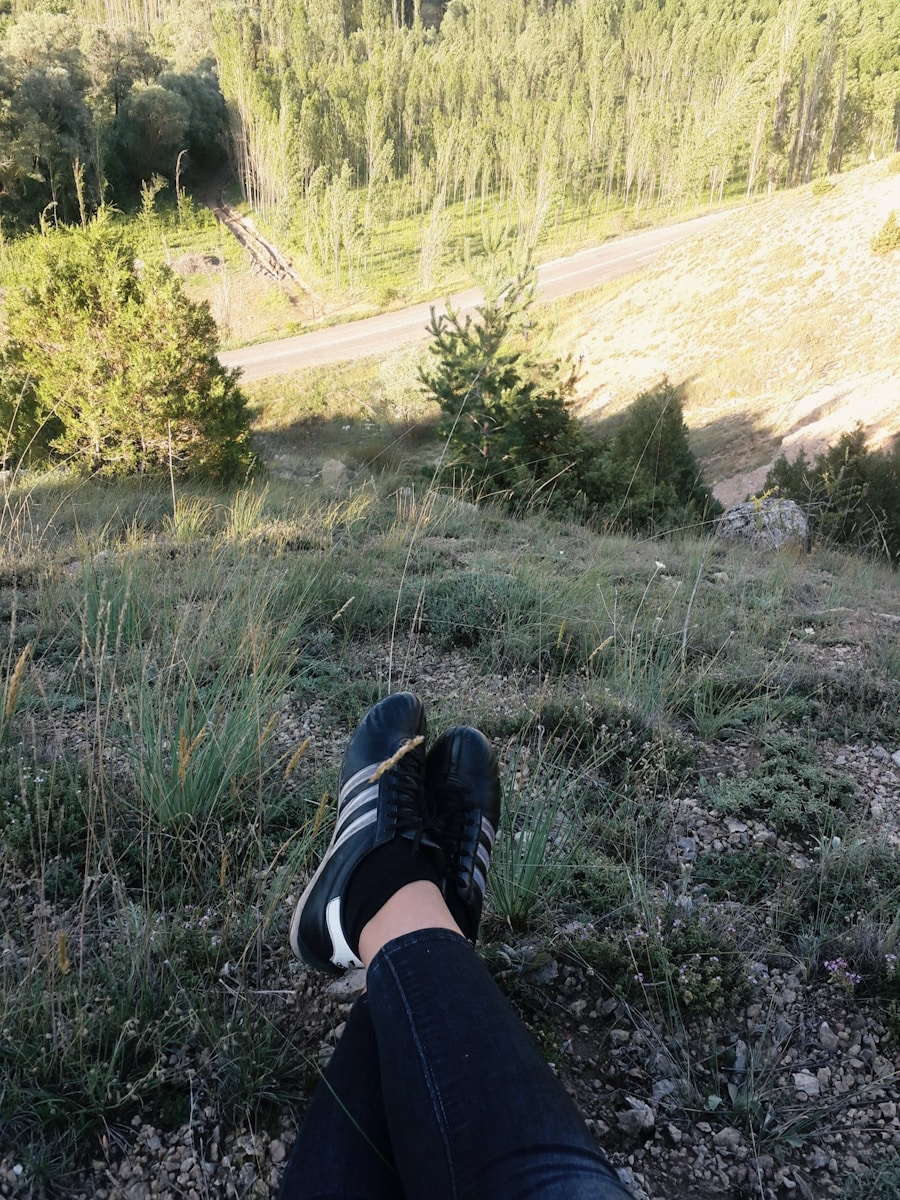The world of outdoor activities has seen a significant evolution in recent years, with many enthusiasts seeking to blend comfort and performance in their gear choices. One such trend is the increasing popularity of using running shoes for hiking. Traditionally, hiking boots have been the go-to footwear for those traversing rugged terrains, but the lightweight and flexible nature of running shoes has prompted many to reconsider this long-standing norm.
This article delves into the nuances of using running shoes for hiking, examining their suitability, advantages, and potential drawbacks. As more people embrace a lifestyle that includes both running and hiking, the lines between these two activities have begun to blur. The appeal of running shoes lies in their design, which prioritizes breathability, cushioning, and agility.
These features can be particularly advantageous on well-maintained trails or during warmer months when comfort is paramount. However, the question remains: are running shoes truly a viable alternative to traditional hiking boots? To answer this, we must first explore the fundamental differences between these two types of footwear.
Key Takeaways
- Running shoes can be a viable option for hiking, offering comfort and flexibility
- Running shoes are lighter and more breathable than hiking boots
- Consider factors such as terrain, weather, and ankle support when choosing running shoes for hiking
- Benefits of using running shoes for hiking include agility, cushioning, and versatility
- Drawbacks of using running shoes for hiking include less ankle support and durability compared to hiking boots
Differences between running shoes and hiking boots
At first glance, running shoes and hiking boots may appear similar, but they are engineered for distinctly different purposes. Running shoes are designed primarily for forward motion on smooth surfaces, emphasizing lightweight construction and shock absorption. They typically feature a flexible sole that allows for natural foot movement and a breathable upper to keep feet cool during intense activity.
The cushioning in running shoes is often softer, providing a plush feel that is ideal for absorbing impact on pavement or packed trails. In contrast, hiking boots are built to withstand the rigors of uneven terrain and provide stability and support for the ankle. They are generally heavier and more robust than running shoes, with a stiffer sole that enhances traction on rocky or slippery surfaces.
The materials used in hiking boots are often more durable and water-resistant, designed to protect against the elements and provide longevity in harsh conditions. Additionally, many hiking boots come with features such as reinforced toe caps and rugged outsoles that enhance grip and prevent injuries from sharp rocks or roots.
Considerations for using running shoes for hiking

When contemplating the use of running shoes for hiking, several factors must be taken into account. One of the most critical considerations is the type of terrain you plan to traverse. Running shoes may perform well on well-groomed trails or flat surfaces but can fall short on rocky paths or steep inclines where ankle support is crucial.
If your hiking adventures involve significant elevation changes or unpredictable landscapes, the lack of support from running shoes could lead to discomfort or even injury. Another important aspect to consider is weather conditions. Running shoes typically offer less water resistance than hiking boots, making them less suitable for wet or muddy environments.
If you anticipate encountering streams, puddles, or rain during your hike, you may find that your feet become wet and cold in running shoes, which can lead to blisters and discomfort over time. Additionally, the breathability of running shoes can be a double-edged sword; while it helps keep feet cool in warm weather, it can also allow moisture to enter from external sources.
Benefits of using running shoes for hiking
| Benefits of using running shoes for hiking |
|---|
| 1. Lightweight |
| 2. Breathable |
| 3. Comfortable |
| 4. Good traction |
| 5. Shock absorption |
| 6. Flexibility |
| 7. Durability |
Despite their limitations, there are several compelling benefits to using running shoes for hiking that make them an attractive option for many outdoor enthusiasts. One of the most significant advantages is their lightweight nature. Running shoes typically weigh less than hiking boots, which can make a considerable difference during long hikes where every ounce counts.
This reduced weight can lead to less fatigue and a more enjoyable experience on the trail. Another benefit is the enhanced comfort that running shoes provide. The cushioning and flexibility of these shoes allow for a more natural foot movement, which can be particularly advantageous on well-maintained trails.
Many hikers appreciate the feeling of being closer to the ground, as it can improve balance and agility when navigating obstacles. Additionally, the breathability of running shoes can help regulate temperature during warmer hikes, reducing the likelihood of overheating and discomfort.
Drawbacks of using running shoes for hiking
While there are notable benefits to using running shoes for hiking, it is essential to acknowledge the drawbacks as well. One significant concern is the lack of ankle support that running shoes provide compared to traditional hiking boots. This absence of support can increase the risk of ankle sprains or other injuries, especially on uneven terrain where stability is paramount.
Hikers who are prone to ankle issues or who plan to tackle challenging trails may find that running shoes do not offer the necessary protection. Another drawback is the durability factor. Running shoes are typically constructed with lighter materials that may not withstand the wear and tear associated with rugged hiking conditions.
The outsoles may wear down more quickly on rocky surfaces, leading to decreased traction over time. Additionally, if you hike in wet conditions frequently, running shoes may not hold up as well as waterproof hiking boots, which are designed specifically to keep your feet dry and protected from moisture.
Tips for choosing the right running shoes for hiking

If you decide that running shoes are the right choice for your hiking adventures, selecting the appropriate pair is crucial for ensuring comfort and performance on the trail. First and foremost, consider the fit of the shoe. It is essential to try on several pairs and walk around in them to ensure they provide adequate space in the toe box while still feeling secure around the heel and midfoot.
A proper fit will help prevent blisters and discomfort during long hikes. Next, pay attention to the outsole of the shoe. Look for a model with a durable rubber outsole that features deep lugs for enhanced traction on various surfaces.
Some brands offer trail-specific running shoes designed with features that cater to off-road conditions, such as increased grip and stability. Additionally, consider the cushioning level; while some hikers prefer a softer feel for comfort, others may opt for firmer cushioning that provides better ground feedback.
How to care for running shoes when using them for hiking
Proper care and maintenance of your running shoes are vital if you plan to use them for hiking regularly. After each hike, it is essential to clean your shoes thoroughly to remove dirt, mud, and debris that can accumulate on the outsole and upper materials. Use a soft brush or cloth to gently scrub away any stubborn grime, taking care not to damage any delicate components.
Drying your shoes properly is equally important. Avoid placing them near direct heat sources such as radiators or in direct sunlight, as this can cause materials to warp or degrade over time. Instead, remove the insoles and laces and allow your shoes to air dry in a cool, shaded area.
If your shoes become wet during a hike, ensure they dry completely before storing them away to prevent mold growth.
Making the decision to use running shoes for hiking
The decision to use running shoes for hiking ultimately depends on individual preferences and specific hiking conditions. While they offer undeniable advantages such as lightweight construction and comfort on well-maintained trails, they also come with limitations regarding support and durability on rugged terrain. By carefully considering factors such as terrain type, weather conditions, and personal comfort preferences, hikers can make informed choices about whether running shoes are suitable for their outdoor adventures.
As outdoor enthusiasts continue to explore new ways to enjoy nature while prioritizing comfort and performance, the trend of using running shoes for hiking is likely to persist. With thoughtful selection and proper care, many hikers find that running shoes can serve as an effective alternative to traditional hiking boots in certain situations. Ultimately, understanding both the benefits and drawbacks will empower individuals to make choices that enhance their outdoor experiences while keeping their feet happy along the way.
If you are considering using running shoes for hiking, you may want to check out this article on rechargeable hand warmers for travel. It discusses the importance of staying warm and comfortable during outdoor activities, which can also apply to hiking. Having the right gear can make a big difference in your overall experience, so it’s worth looking into different options to ensure you are prepared for any situation.
FAQs
Can I use running shoes for hiking?
Yes, you can use running shoes for hiking, but it may not be the most ideal choice for all hiking conditions.
What are the advantages of using running shoes for hiking?
Running shoes are lightweight, comfortable, and provide good cushioning and support for the feet, making them suitable for light hiking on well-maintained trails.
What are the disadvantages of using running shoes for hiking?
Running shoes may not provide the same level of ankle support, traction, and durability as hiking shoes or boots, which can be important for more rugged or challenging hiking terrain.
What type of hiking is suitable for running shoes?
Running shoes are suitable for light hiking on well-groomed trails, such as walking paths, easy to moderate trails, and day hikes in parks or nature reserves.
What type of hiking is not suitable for running shoes?
Running shoes may not be suitable for more challenging or rugged hiking terrain, such as steep or rocky trails, off-trail hiking, or backpacking trips where ankle support and durability are important.
